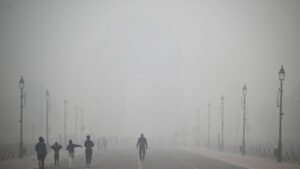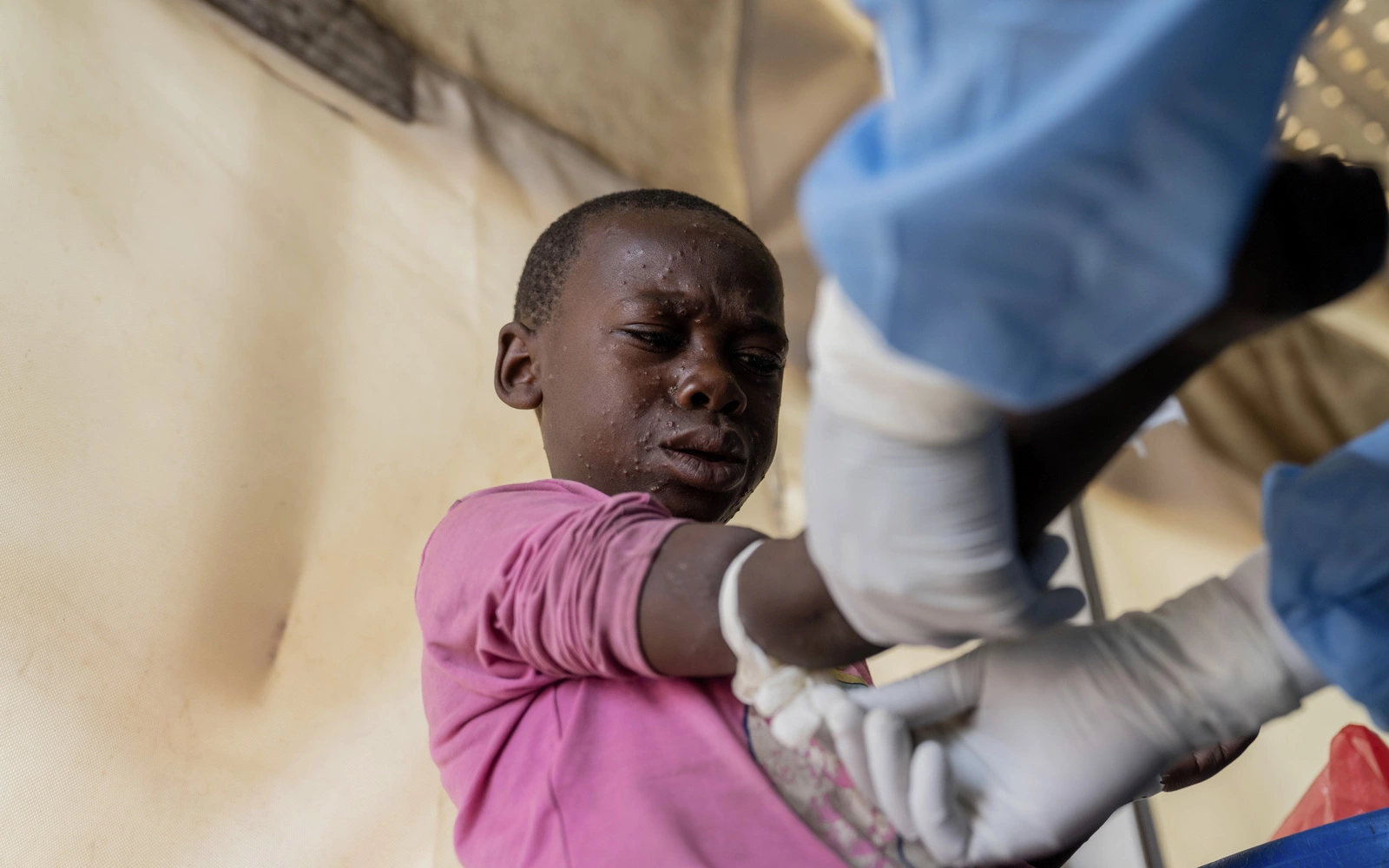India’s North Chokes Under Toxic Smog
India’s North Chokes Under Toxic Smog: A Seasonal Crisis in Delhi
As northern India shrouds itself in toxic smog, Delhi, the capital city, faces its most severe air pollution of the pre-winter season. On Monday, pollution levels skyrocketed, blanketing the region in a haze that brought visibility down to a mere 100 meters, disrupting daily life and triggering what Delhi’s Chief Minister Atishi has termed a “medical emergency.”
Key Highlights of Delhi’s Pollution Crisis
- Severe Visibility Drop: Dense fog engulfed the city, leading to delays in airport and railway operations. At least eleven flights had to be diverted.
- Unprecedented Air Quality Index (AQI): Delhi’s AQI peaked at 491, classified as “severe plus,” with some stations hitting the maximum reading of 500. The situation marks the season’s highest pollution levels.
The Root Causes of the Smog
Every year, northern India battles hazardous air pollution during the winter. This is primarily caused by:
- Cold Weather Inversions: Cold air traps pollutants close to the ground, including emissions, dust, and smoke.
- Farm Fires: Stubble burning, an illegal yet widespread practice in surrounding states, contributes up to 40% of Delhi’s air pollution, according to SAFAR, a government weather forecasting agency.

The Impact on Health and Daily Life
The pollution has turned daily routines into health hazards:
- Health Concerns: Residents report eye irritation, breathing difficulties, and a burning sensation in the throat.
- Public Response: Masks have become essential for outdoor activities, but many continue their routines despite the risks.
- Educational Impact: Delhi’s government has moved all school classes online, and the Supreme Court has urged neighboring states to follow suit for students up to grade 12.
What Do the Experts Say?
Prominent voices emphasize the urgent need for action:
- Economist Kaushik Basu: He warned that unchecked pollution could derail India’s growth story, calling for pollution control to be a top priority.
- World Rankings: Swiss organization IQAir ranks New Delhi as the world’s most polluted city, with PM2.5 concentrations exceeding WHO-recommended levels by a staggering 130.9 times.
Government and Legal Interventions
Delhi’s government has implemented a series of emergency measures:
- Online Classes: All schools are conducting lessons virtually.
- Restricted Activities: Construction projects and vehicle movements are strictly regulated.
- Supreme Court Orders: The judiciary is urging immediate action to mitigate the crisis, including suspending in-person classes.
Looking Ahead: Will the Smog Persist?
India’s Meteorological Department forecasts similar conditions for the following days, leaving residents bracing for more smog-filled mornings. Without stringent measures to tackle farm fires, vehicular emissions, and industrial pollution, the toxic air is expected to persist.
Final Thoughts
Delhi’s pollution crisis is a stark reminder of the urgent need for sustainable solutions. Immediate government intervention, stricter enforcement of anti-pollution laws, and public awareness are crucial to combat this seasonal emergency.
As the world watches, India faces the monumental challenge of balancing development with environmental health—a task critical to securing the nation’s future.
Related
Discover more from NewsPour
Subscribe to get the latest posts to your email.




Let your voice be heard! Share your thoughts and ignite discussions.